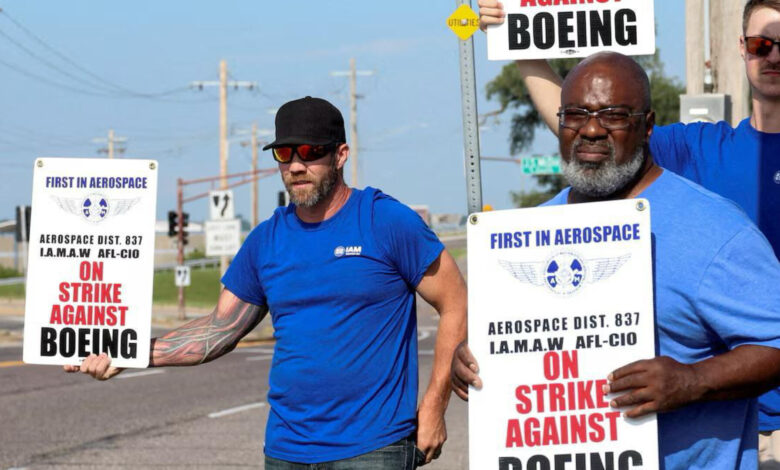
The workers’ strike at Boeing’s defense facilities in the United States has entered its third month and continues to grow. More than 3,000 employees at the company’s production lines in Missouri have been on strike since early August, demanding better working conditions, wage stability, and stronger retirement benefits.
The striking workers, represented by the International Association of Machinists and Aerospace Workers (IAM) District 837, which has around 3,200 members, had previously rejected Boeing’s new contract proposal. The failure to reach an agreement on wages, benefits, and job security quickly turned the strike into a major standoff. The union rejected Boeing’s offers twice and presented its own counterproposal, which the company reportedly refused to consider.
On October 1, Senator Bernie Sanders sent a letter to Boeing CEO Kelly Ortberg calling on both sides to reach an agreement. Around the same time, Senators Ed Markey and Josh Hawley also criticized Boeing’s stance, arguing that the company’s management had taken an unfair approach toward its workers.
Boeing, on the other hand, has taken several measures to break the strike. At the end of August, the company terminated health insurance coverage for striking employees, increasing financial pressure on them. It was also reported that Boeing began hiring temporary staff to minimize production disruptions.
Production of defense systems—including fighter jets such as the F-15, F/A-18 Super Hornet, and T-7A Red Hawk—has slowed or come to a near halt at affected facilities. No new negotiations are currently planned between the parties. The union has stated that it remains open to discussions, insisting that Boeing must take its proposals seriously. The company, however, has so far remained silent.



